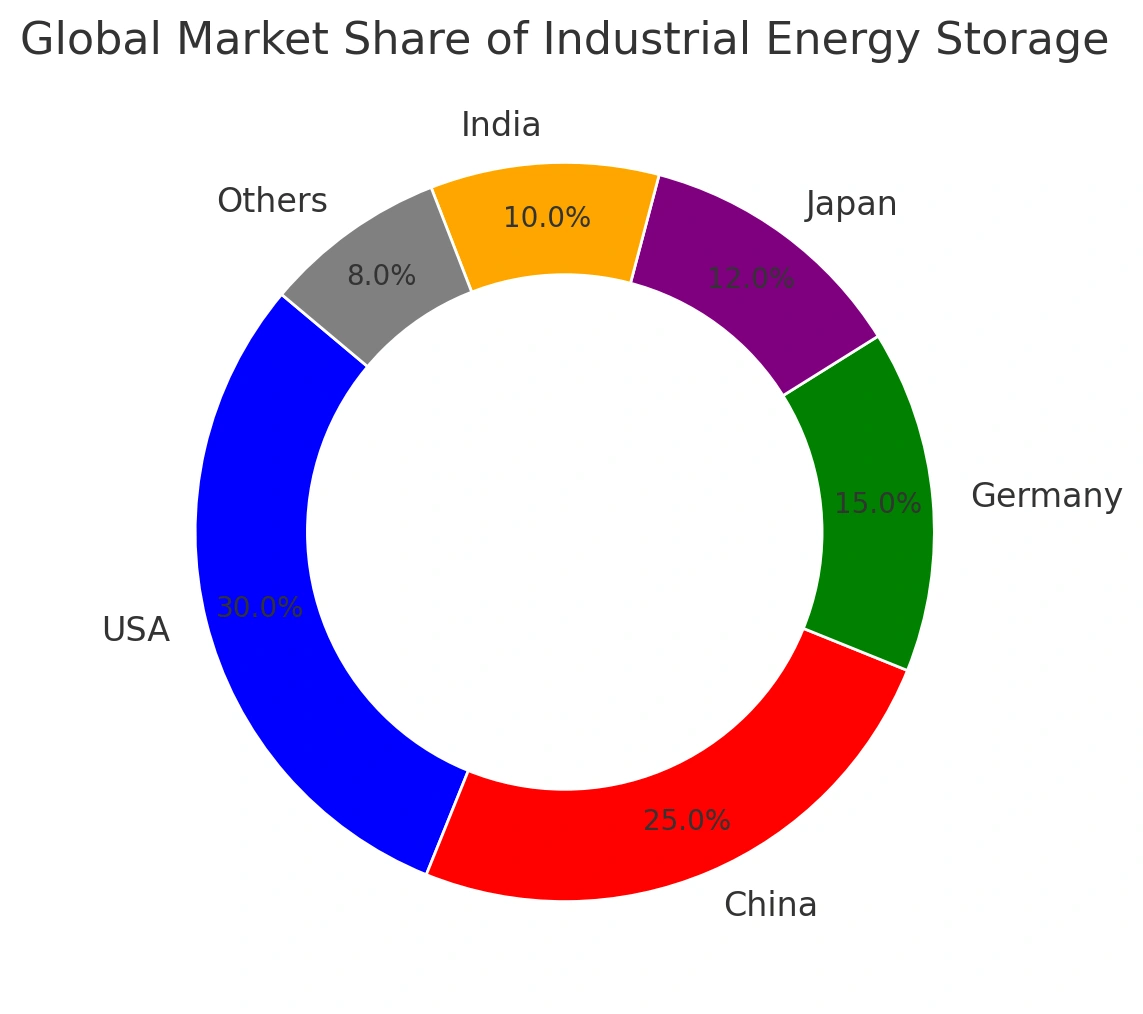Global Energy Storage Market Outlook 2025 Trends, Growth
2025-04-01
HEXI
The global energy storage industry is undergoing rapid expansion, driven by technological advancements, government policies, and the increasing demand for renewable energy integration. This article provides an in-depth analysis of the market landscape, key trends, and the latest data insights on energy storage in 2025.
1. Market Overview
The global energy storage market is expected to reach **288 GWh** by 2025, with a **compound annual growth rate (CAGR) of 53%** from 2021 to 2025. The United States, China, and Europe are the leading regions driving this growth, together accounting for over 75% of total deployments.
Market Share Breakdown by Region (Projected 2025):
-United States: 84 GWh
-China: 76 GWh
- Europe: 27 GWh
- Other regions: 101 GWh
2. Key Regional Markets
United States
- The U.S. has implemented robust policies to promote energy storage, such as the Investment Tax Credit (ITC) extension for standalone energy storage.
- In 2021, the country added 3.5 GW of battery storage capacity, marking a 133% year-over-year growth.
- By 2025, the front-of-the-meter storage demand is expected to reach 64 GWh, with an impressive CAGR of 62%.
China
- China’s energy storage market has witnessed exponential growth, driven by strong policy support and renewable energy expansion.
- The country’s total installed energy storage capacity is projected to hit 76.3 GWh by 2025, with an astonishing CAGR of 111% from 2021 to 2025.
- New policies mandate that renewable energy projects include a storage component, further fueling growth.
Europe
- High electricity prices and government subsidies have led to an increase in residential and commercial storage adoption.
- In 2020, European home energy storage deployments reached 1.07 GWh, a **43.5% increase year-over-year.
- By 2025, Europe’s total energy storage demand is projected to reach 27.45 GWh**, with a CAGR of 77.3%.
3. Technology Trends and Cost Reduction
Battery Technology Advancements
1. Lithium-Iron Phosphate (LFP) Batteries: More cost-effective and safer than traditional lithium-ion alternatives.
2. Solid-State Batteries: Higher energy density and longer lifespan, expected to commercialize post-2025.
3. Flow Batteries: Suitable for large-scale storage applications with long discharge durations.
Cost Reduction Trends
- The cost of battery storage systems has dropped significantly, with lithium-ion battery prices decreasing by 58% over the past five years.
- Solar panel costs have also fallen by 66%, making renewable energy plus storage a more viable solution.
4. Market Challenges and Opportunities
Challenges
1. Supply Chain Constraints: Material shortages for lithium, cobalt, and nickel impact production.
2. Grid Integration Issues: Managing grid stability with high renewable penetration remains a challenge.
3. Regulatory Uncertainty: Inconsistent policies in different regions affect investment decisions.
5.Opportunities
1. Government Incentives: Increased subsidies and tax credits drive storage adoption.
2. Hybrid Renewable Systems: Combining solar, wind, and storage enhances energy reliability.
3. Decentralized Storage Solutions: Growth in behind-the-meter storage (residential and commercial) offers new revenue streams.
6.. Future Outlook: What’s Next After 2025?
The energy storage market is poised for continued expansion beyond 2025, with key developments expected in:
-Ultra-Long Duration Storage: Technologies such as hydrogen storage and gravity-based storage solutions.
- AI & Smart Energy Management: AI-driven energy storage optimization for improved efficiency.
- Greater Grid Resilience: Storage will play a crucial role in balancing intermittent renewables and stabilizing electricity grids globally.
The global energy storage industry is set to transform the power landscape in 2025 and beyond. With strong growth in key markets, ongoing technological advancements, and declining costs, energy storage is becoming an essential component of the modern energy system.
For investors, policymakers, and industry stakeholders, now is the time to capitalize on the immense opportunities in this rapidly evolving sector.
Stay ahead of the curve—embrace the future of energy storage today!
